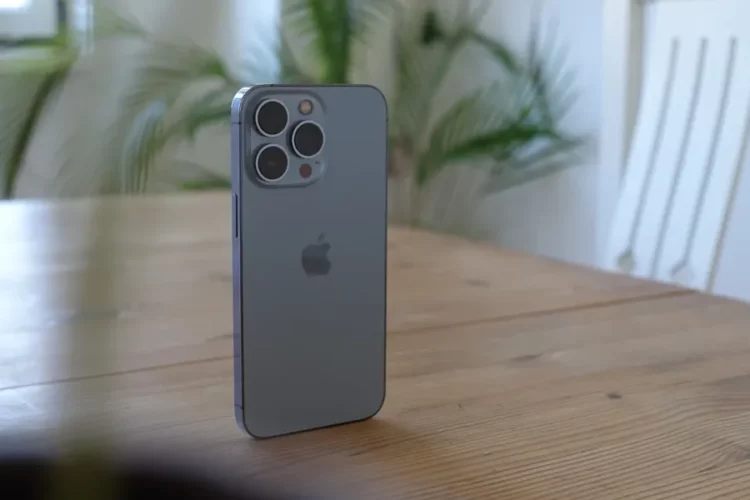Apple says it will deliver an update to resolve an issue identified with iPhone 13 screen fixes that could handicap the gadget’s Face ID include.
Subtleties on the issue were first announced by tech site iFixIt, which revealed a little chip matched to the iPhone 13’s screen renders Face ID inoperable when the screen is fixed.
The site said the change would essentially affect clients or fix shops meaning to supplant screens on the iPhone 13.
“One of the most well-known telephone fixes that should once be possible with hand instruments presently requires a magnifying lens,” said iFixIt. “This implies you will not have the option to fix your iPhone screen yourself without forfeiting significant usefulness.”
Apple says it will ease off its arrangement to break Face ID on freely fixed iPhones. The organization’s regularly hostile relationship with the maintenance local area was tried again when “unapproved” iPhone 13 screen substitutions began bringing about broken Face ID frameworks. Apple “will deliver a product update that doesn’t expect you to move the microcontroller to keep Face ID working after a screen trade.”
The choice comes in the midst of an expanded exertion supporting customers’ on the whole correct to fix their own gadgets. In July, the Federal Trade Commission collectively took on an arrangement articulation supporting the option to fix, including expanded authorizations and conceivably new guidelines.
Screen substitutions are the most well-known cell phone fixes. Apple incorporated a new microcontroller in the iPhone 13’s showcase that matches each screen with different parts in the telephone. As iFixit revealed, if an outsider auto shop supplanted the iPhone 13 showcase, Apple would impair the telephone’s Face ID framework.
The move followed a more extensive chief request by President Joe Biden advancing rivalry inside the American economy, which would prepare for customers to acquire the option to fix their gadgets.
The maintenance local area has begun calling this part-reliance pattern “serialization.” Basically, each secured part reports a chronic number to the OS, and the product monitors which chronic numbers the gadget should have.
In the event that you trade out a section, one of the chronic numbers will change, and the OS will know about it. On account of outsider iPhone 13 screen substitutions, the telephone would say, “Unfit to enact Face ID on this iPhone.”
Approved fix shops approach exclusive Apple programming that matches another presentation microcontroller with the remainder of the telephone to re-empower Face ID. It’s feasible for unapproved shops to trade the showcase microcontrollers, yet that is an emotional expansion in work for the most well-known telephone fix and requires a magnifying instrument and sensitive desoldering work.
Face ID on the iPhone 13 is a totally unique part from the showcase, so there’s no unmistakable avocation for locking Face ID after a presentation trade. The final product, however, as indicated by iFixit, was an “extraordinary lockdown” that “enables Apple to support or deny every individual fix.”
Natalia Forrest is a article writer and editor. She is also fantasy author. She is noted for her distinctive style. She writes in a humorous way: Her characters never walk, they clump along, or when someone complains that flight is impossible, the other characters agree and show her why she’s right!
Disclaimer: The views, suggestions, and opinions expressed here are the sole responsibility of the experts. No The Insure Life journalist was involved in the writing and production of this article.

